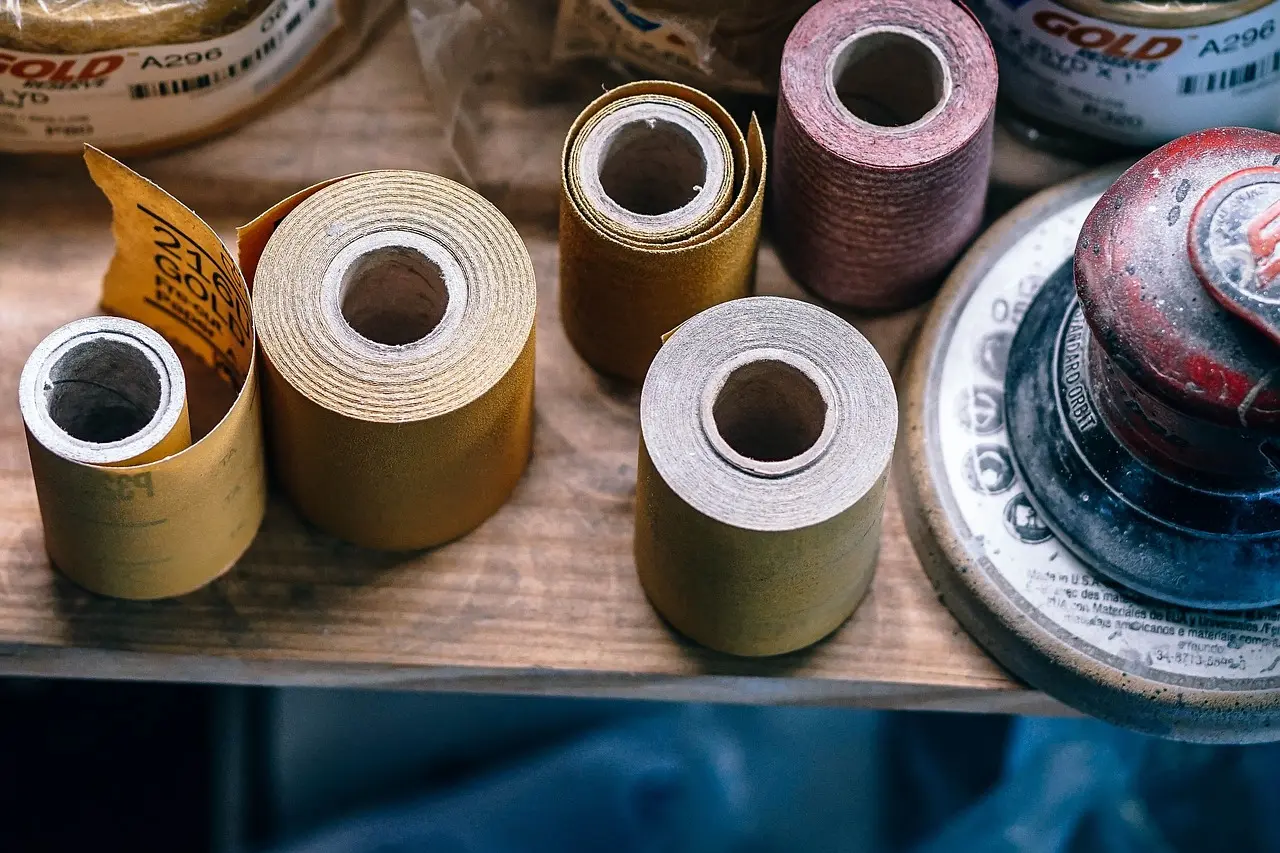Introduction
In the packaging and adhesive industry, OPP tape has become one of the most popular and versatile adhesive tapes used worldwide. OPP stands for Oriented Polypropylene, a type of plastic film known for its strength, clarity, and excellent adhesive qualities. This tape is widely applied in packaging, sealing, labeling, and many other commercial uses due to its cost-effectiveness and reliability. This article provides an in-depth look at the production process of OPP tape, the materials used, key manufacturing stages, and quality control measures, aiming to help business clients understand what goes into making high-quality OPP adhesive tapes.
What is OPP Tape?
OPP tape is made primarily from polypropylene film that has been stretched (oriented) in both the machine and transverse directions. This orientation process enhances the film’s tensile strength, clarity, and barrier properties. The base film is then coated with a pressure-sensitive adhesive, making it sticky and ready for use.
Typical applications of OPP tape include:
- Sealing boxes and cartons in logistics and warehousing
- Bundling and bundling products for retail
- General-purpose adhesion in offices and households
- Electrical insulation (in some variants)
OPP tapes are favored for their durability, moisture resistance, and excellent adhesion on various surfaces.
Raw Materials for OPP Tape Production
The quality of OPP tape depends heavily on the raw materials chosen. The primary components include:
1. OPP Film
- The film is produced from polypropylene pellets which are melted and extruded into thin sheets.
- The sheets undergo a biaxial orientation process, where the film is stretched longitudinally and transversely, aligning the polymer molecules and significantly improving tensile strength.
- Thickness can vary typically between 12 to 40 microns depending on application needs.
2. Adhesives
- The adhesive is usually a pressure-sensitive adhesive (PSA), commonly acrylic-based or hot-melt adhesive.
- Acrylic adhesives offer excellent UV resistance, aging performance, and clear adhesion without yellowing.
- Hot-melt adhesives provide strong initial tack and excellent bonding but can have different aging properties.
3. Release Liner
- Some OPP tapes use release liners to protect the adhesive before application, though many packaging tapes are linerless.
The Production Process of OPP Tape
The manufacturing of OPP tape involves several critical steps, each ensuring the final product meets quality standards:
1. Film Extrusion and Orientation
- Polypropylene resin pellets are melted in an extruder.
- The molten polymer is cast into a thin film.
- The film passes through a stretching process where it is oriented in both machine direction (MD) and transverse direction (TD).
- This biaxial orientation enhances strength, clarity, and resistance to tearing.
2. Corona Treatment
- OPP film has a low surface energy, which makes adhesion challenging.
- To improve adhesive bonding, the film undergoes corona discharge treatment — a process that increases the surface energy by exposing it to an electrical discharge.
- This step is crucial to ensure the adhesive properly sticks to the film.
3. Coating the Adhesive
- The pressure-sensitive adhesive is applied evenly on the treated surface of the OPP film.
- Coating methods include roller coating or slot die coating.
- The adhesive layer’s thickness is carefully controlled to balance tackiness and strength.
4. Drying and Curing
- After coating, the tape passes through drying ovens to evaporate solvents or cure hot-melt adhesives.
- Proper drying ensures adhesive performance and durability.
5. Slitting and Rewinding
- The wide adhesive-coated film is slit into narrower rolls according to required tape widths.
- Rolls are rewound carefully to avoid wrinkles or defects.
6. Quality Inspection
- Throughout the production line, the tape is inspected for defects like air bubbles, uneven coating, adhesive strength, and film clarity.
- Samples are taken regularly for testing adhesion strength, tensile strength, elongation, and aging resistance.
Quality Control Measures
Maintaining consistent quality is vital for OPP tape manufacturers, especially when serving demanding B2B clients. Key quality checks include:
- Adhesion Testing: Measuring the tape’s stickiness to standard surfaces (e.g., steel plate) to ensure proper bonding.
- Tensile Strength: Verifying that the film and tape can withstand pulling forces without breaking.
- Elongation at Break: Testing how much the tape can stretch before breaking.
- Thickness Measurement: Ensuring the film and adhesive layers meet specified thickness tolerances.
- Aging Tests: Simulating exposure to heat, UV, and humidity to verify the tape’s durability over time.
- Visual Inspection: Detecting any surface defects, bubbles, or contaminants.
A rigorous quality assurance system helps manufacturers meet international standards such as ISO 9001 and ASTM specifications.
Advantages of High-Quality OPP Tape
For businesses, choosing high-quality OPP tape ensures:
- Reliable Packaging: Secure sealing of cartons reduces damage and loss during transportation.
- Improved Efficiency: Easy unwinding and strong initial tack speed up packing operations.
- Cost Savings: Durable tape minimizes rework and product damage, saving costs in the supply chain.
- Brand Image: Clear, strong adhesive tapes improve the professional look of packages.
Sustainability Considerations
Increasingly, manufacturers are adopting environmentally friendly practices, such as:
- Using recyclable polypropylene films.
- Developing solvent-free adhesives.
- Optimizing production to reduce waste and energy consumption.
Sustainable OPP tape production not only benefits the environment but also meets growing customer demand for eco-conscious packaging materials.
Conclusion
OPP tape production is a sophisticated process that combines material science and precision manufacturing to deliver a product essential to countless industries. From selecting premium polypropylene resin to applying advanced adhesive coatings, every step affects the tape’s performance and reliability.
For businesses looking to source OPP tape, understanding the production process can help in selecting the right supplier who meets your quality and sustainability needs. With growing demands in e-commerce, logistics, and manufacturing, OPP tape remains a vital and evolving packaging solution worldwide.

Products
Rich variety of adhesive tape
